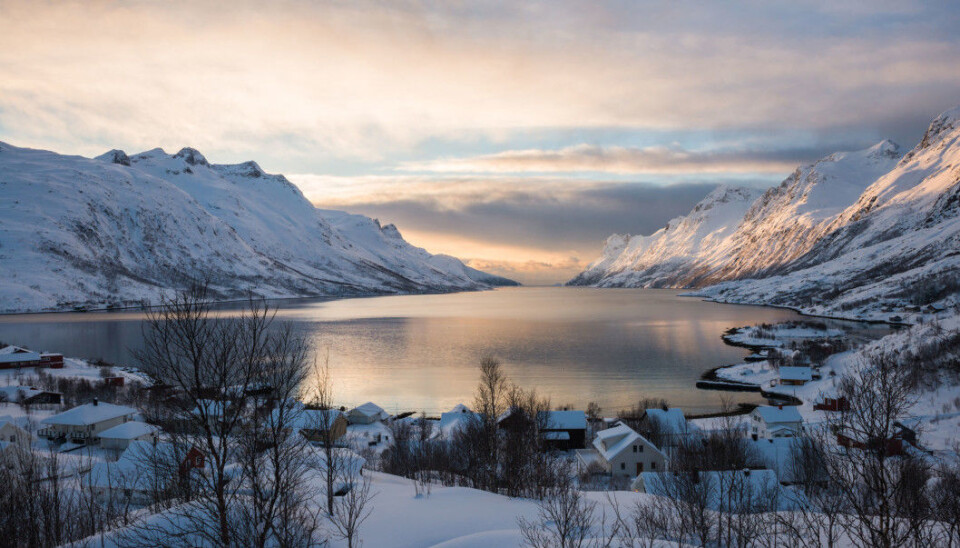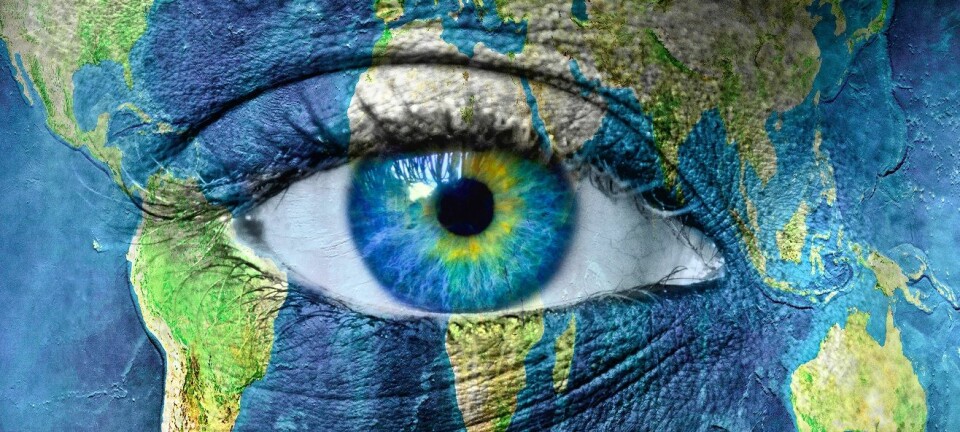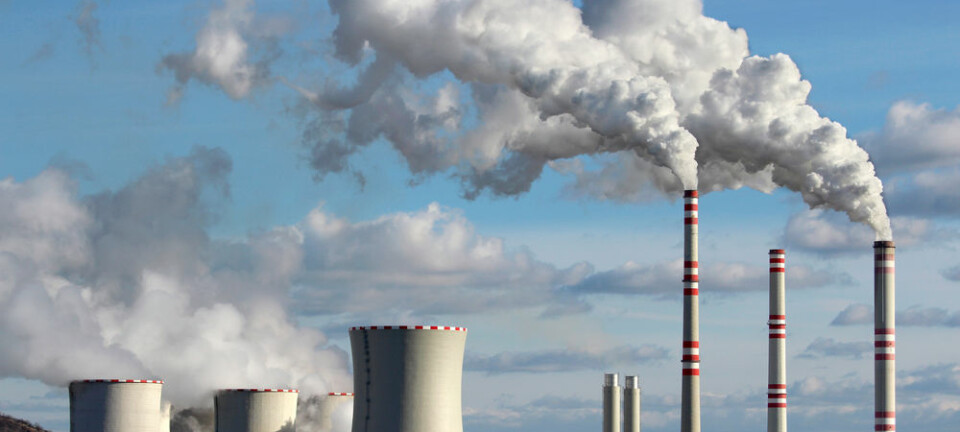
Here’s what a warmer world will look like in Norway
The UN's new special report on the 1.5 degree C target describes dramatic consequences for ecosystems if global temperatures rise an average of 2 degrees. How vulnerable are Norwegian ecosystems under these conditions?
Disappearing coral reefs and a doubling in the number of threatened and endangered species are just a few of the dire consequences described in a recently released report by the UN’s Intergovernmental Panel on Climate Change.
But how do these larger planetary changes translate to what will happen in Norway?
Annika Hofgaard from the Norwegian Institute for Nature Research, NINA, studies the relationship between climate, vegetation, and animals. Here’s what she and others have to say about the changes that we can expect in Norway’s forests, fields, and waterways, as average global temperatures continue to climb.
Read More: Time to re-think the climate change challenge
Other human activities have a strong influence
Climate change is not the only factor that will change Norway’s future natural environments, Hofgaard says. She studies the Scandinavian moose population as an example of how human activity is an important factor above and beyond the effects of climate change.
Scandinavian forestry practices over the last half century have led to fairly young forests, which provide fodder for moose. Humans have also done a lot to reduce or eliminate predators like wolves that might decrease moose numbers, so the population has grown over the years.
When it comes to insects and plant and animal diseases, human activity has also had a big influence.
"We’ve already caused change by moving species around," Hofgaard says.
Humans have deliberately or accidently imported plants and insects from warmer regions to Norway. Climate change may create an environment that will suit them relatively well and allow them to compete successfully with other native species. But this on its own is not directly due to climate change.
Read More: Climate change boosts algae growth in the Arctic
87 species threatened by climate change in Norway
Norway’s Red List for Species lists climate change as a negative impact factor for 87 of the country’s 2,355 threatened species, according to the Norwegian Environment Agency, environment.no. In 2010, the equivalent number was 61.
Most of the species that will be negatively affected by climate change are plants, as well as some types of moss and lichen.
Hofgaard has spent a great deal of time studying montane forest limits. This is also more complicated than you might think.
"If climate change was the only factor that influenced the treeline, trees would climb the sides of mountains relatively quickly. But that’s not what we see,” Hofgaard said.
Higher treelines will have negative consequences for wild reindeer and mountain foxes, both of which depend on large open areas.
"Norway has always had large open areas for grazing. This history counteracts the landscape’s response to climate warming and keeps the landscape open because of grazing pressure. But forests are returning to the valleys where farming has stopped over the last 50 years or so,” she says.
“The combination of a more favourable climate and the fact that grazing pressures have been eliminated has allowed forests to grow back.”
Hofgaard says that wetlands underlain by permafrost are the only Norwegian ecosystem type where the influence of climate change is clear and direct. This type of ecosystem is about to disappear.
“These wetlands are rich in insects, which attracts a lot of birds,” she says. “The biggest remaining fragments of this type of landscape are found in Finnmark and Troms counties, with a few bits and pieces in the Dovre region. This is a fascinating landscape that we will lose.”
Read More: What makes the climate change?
New parasites and diseases in a warmer North
Hofgaard believes the most noticeable consequence of climate change in Norway will be the increased spread of introduced species and more outbreaks of parasites and diseases.
Last year, for example, there were reports that birch in northern Norway had been badly attacked by the peppered moth, Biston betularia. There were also more spruce bark beetles, an insect that is capable of killing spruce trees in great numbers.
But the biggest change facing forests will be the frequency of forest fires. Small forest fires increase the diversity of the forest landscape and may be beneficial to many species. But larger forest fires could have big consequences, Hofgaard says.
"We’re expecting that there will be more rainfall in Scandinavia, which has the potential to reduce the risk of forest fires. But it is also expected that there will be more years of extreme drought,” she says.
Read More: Four big changes in the Arctic and what to do about them
Norwegian cold water coral in danger
Life in the ocean along the long Norwegian coast will also be affected. The ocean soaks up surplus heat and CO2. This is gradually warming seawater and making it more acidic. Ocean acidification makes it more difficult for organisms that rely on calcium to make shells or structures, including Norway's deepwater corals.
Norway has the world's largest known occurrences of deepwater corals. For these organisms, ocean acidification will be the main problem, unlike with tropical corals, which suffer more from increased ocean temperatures.
Svein Sundby from the Institute of Marine Research in Bergen is studying climate change and how it affects marine ecosystems.
Deep water corals, with all their little cavities and formations, provide a good habitat for fish fry and bottom-dwelling animals. The Institute of Marine Research has estimated that up to half of Norwegian coral reefs have already been damaged or destroyed by bottom trawling, he says.
Read More: When will the Arctic be ice free?
Fish species are moving north
Warmer ocean temperatures will cause Norwegian fish species such as cod, coalfish and herring to move north. These species have been found both in the relatively temperate North Sea and in the colder Barents Sea.
As sea temperatures have risen over the last 40 years, the conditions for these fish have become worse in the North Sea, while in the Barents Sea, stocks have increased in both quantity and extent.
"In the North Sea, more temperate fish species have come from the south such as sardines, anchovies, and European hake," says Sundby.
These changes can have consequences for seabirds. The puffin is threatened as a result of changes in fish stock locations. However, in the short term, there will be more fish overall in Norwegian waters, at least as long as the temperature increase is limited to just two degrees Celsius.
----------------
Read the Norwegian version of this article at forskning.no



































